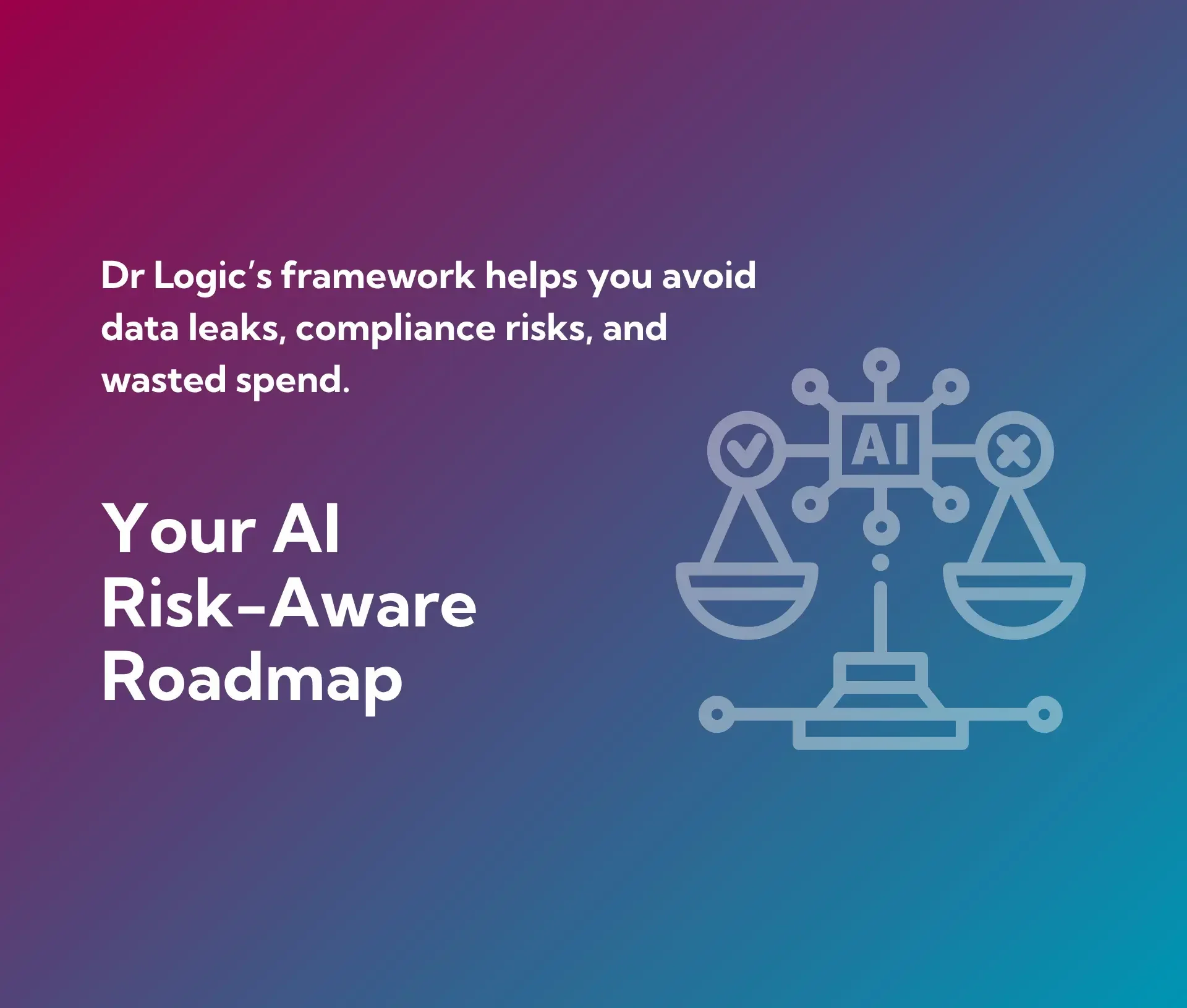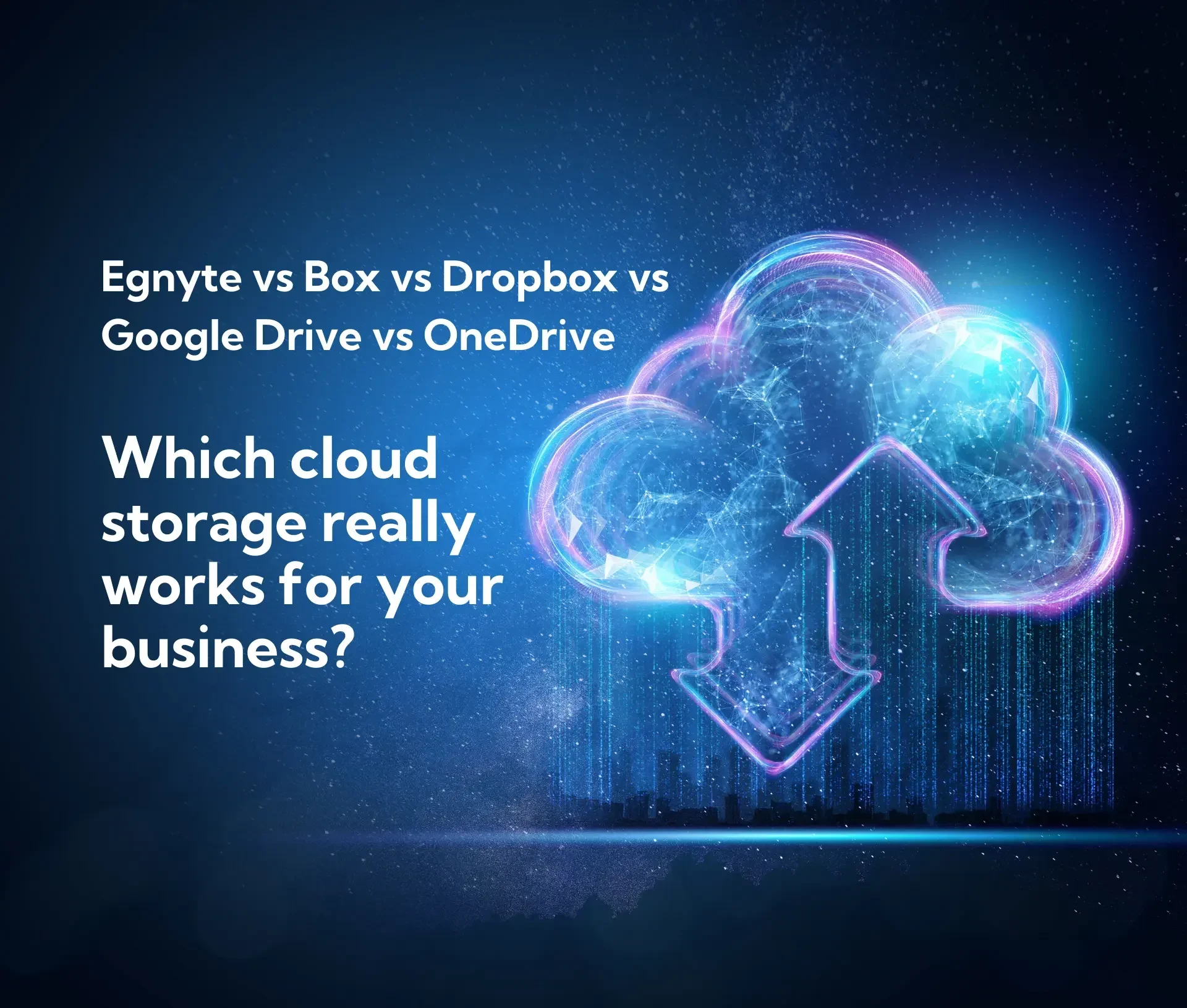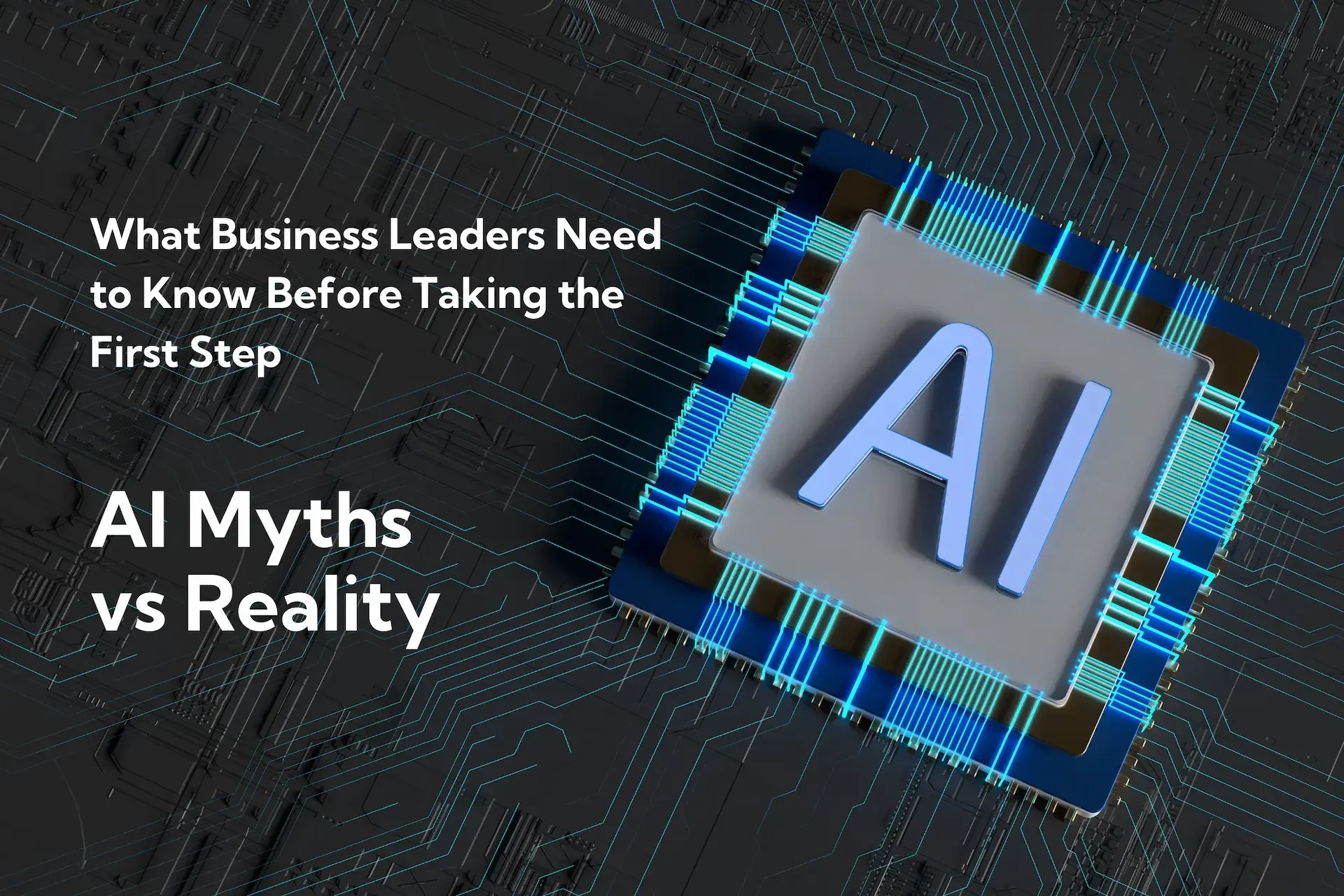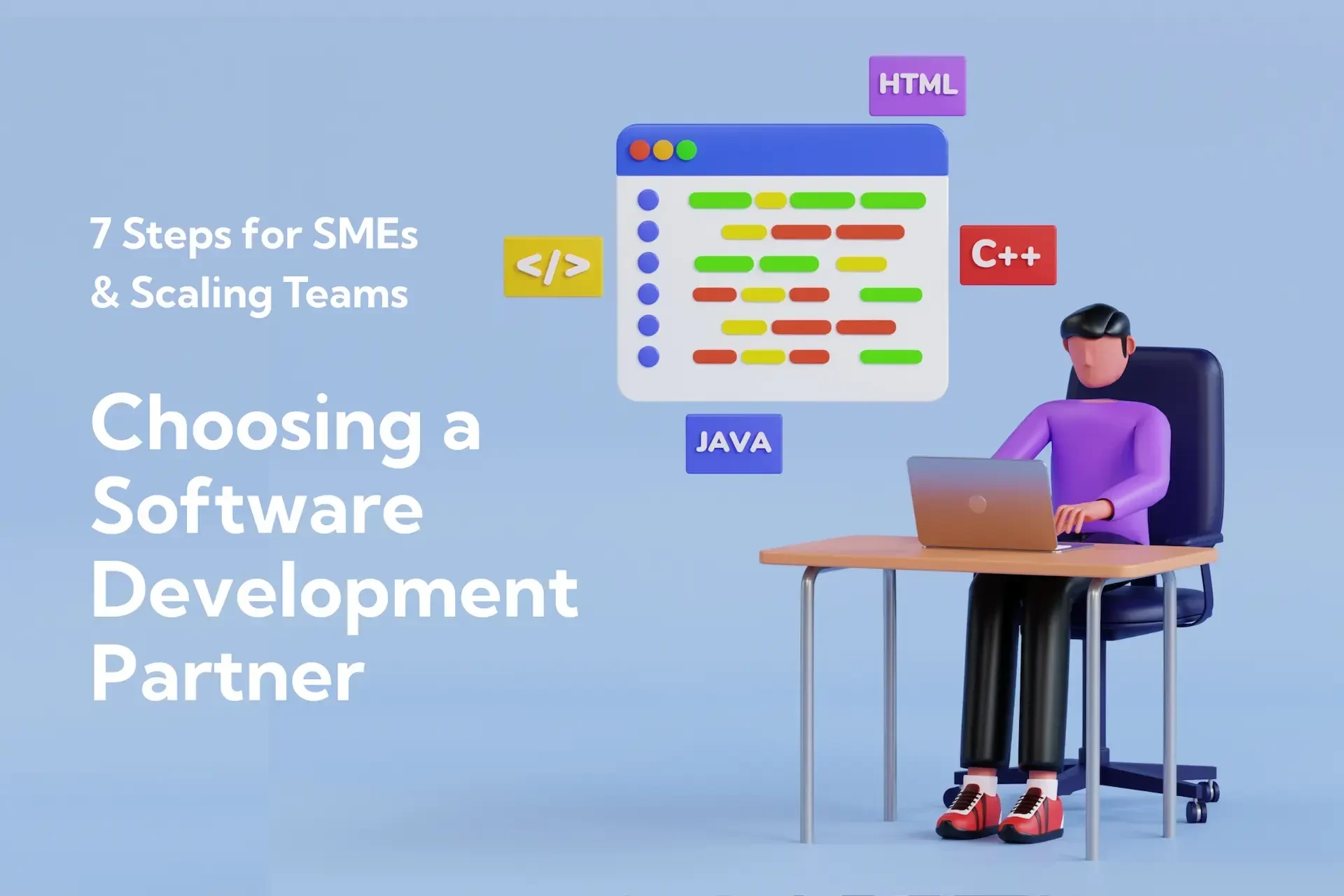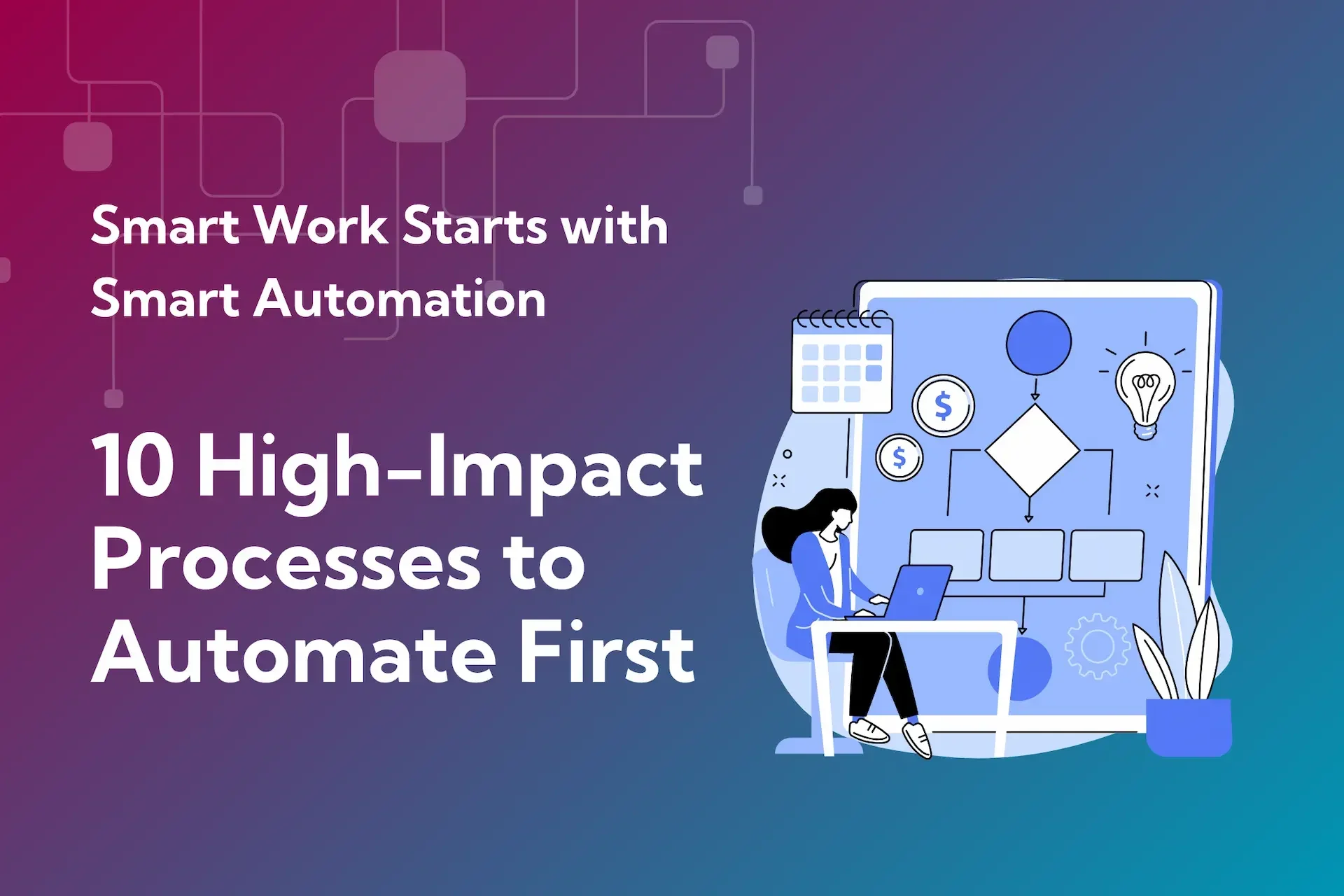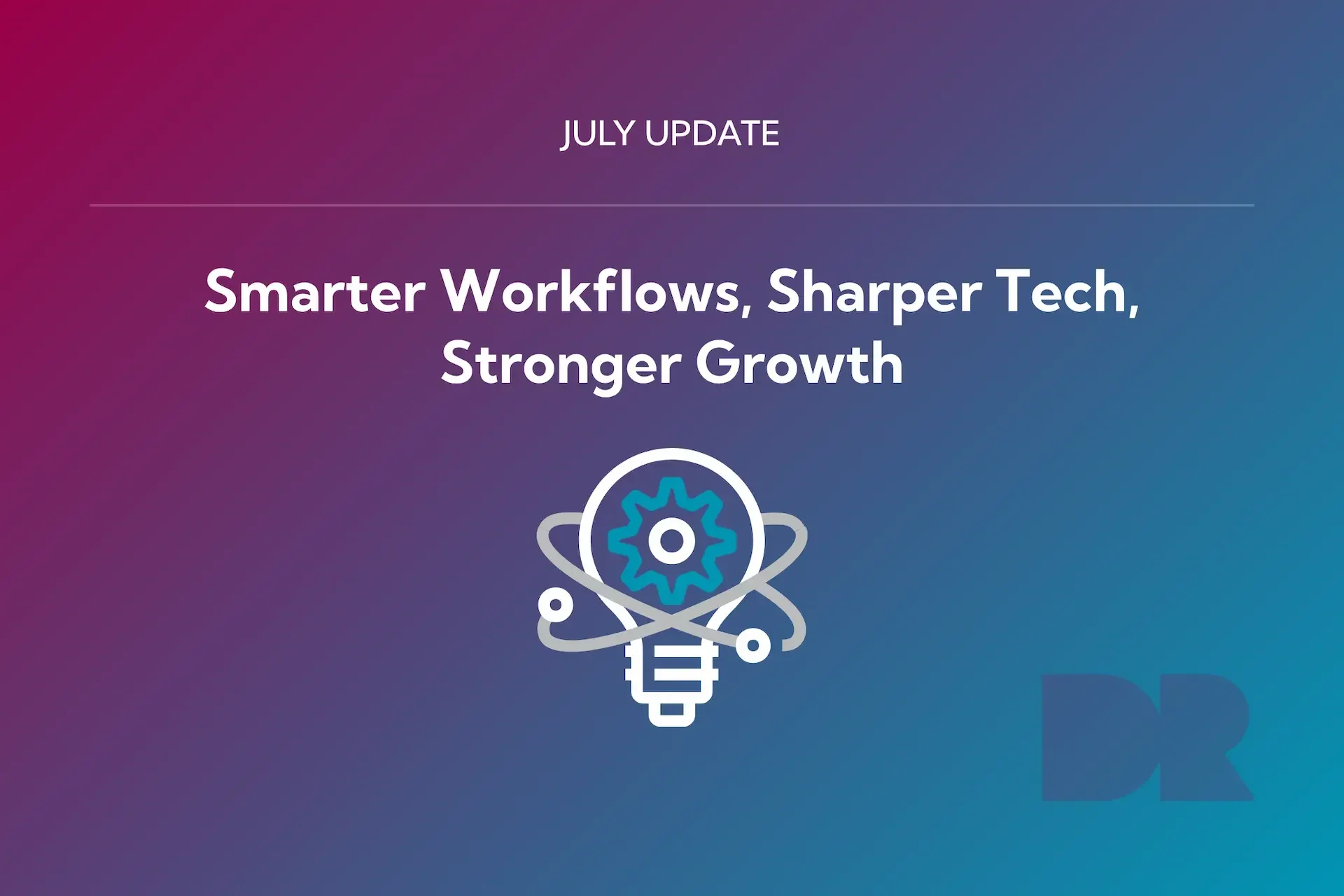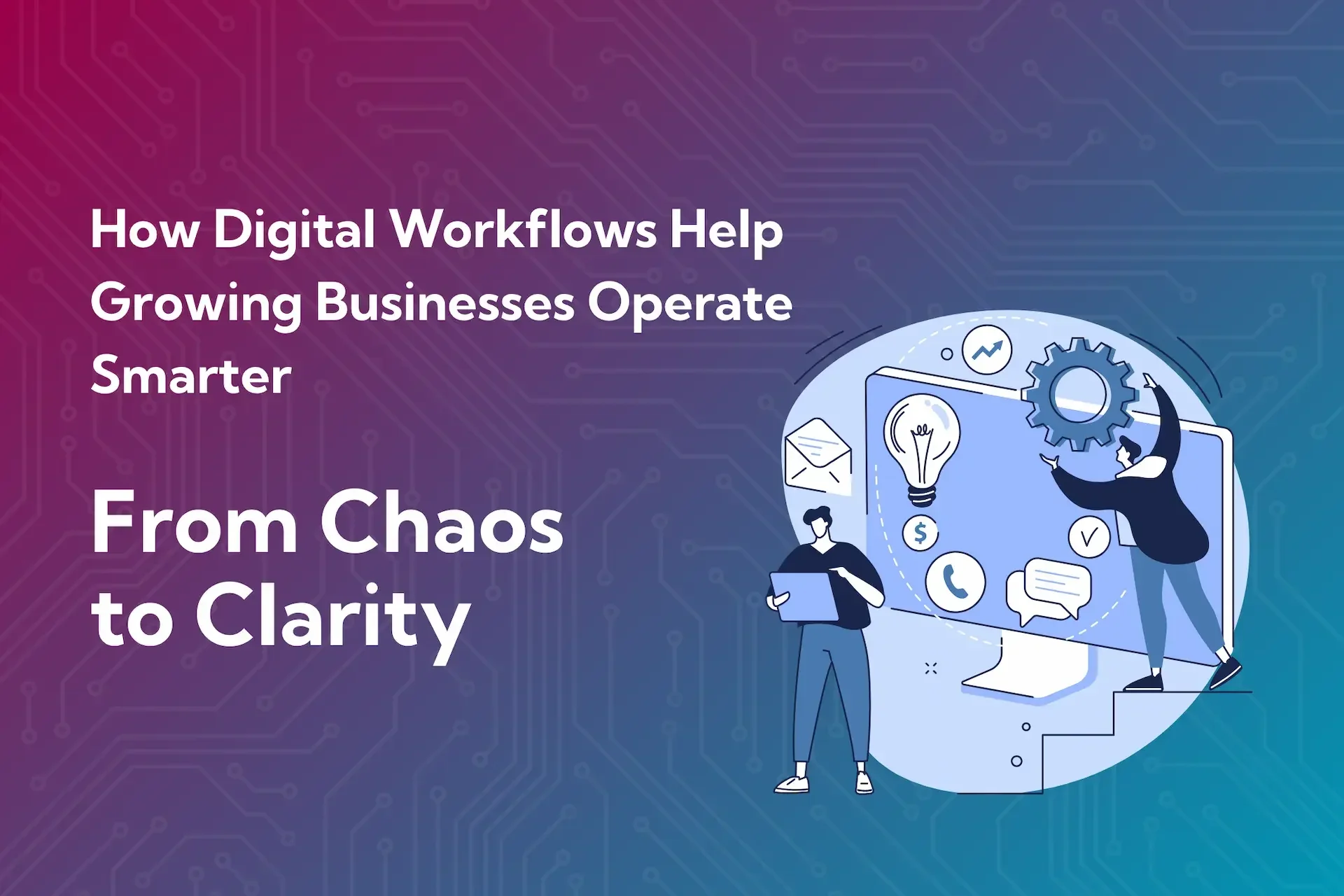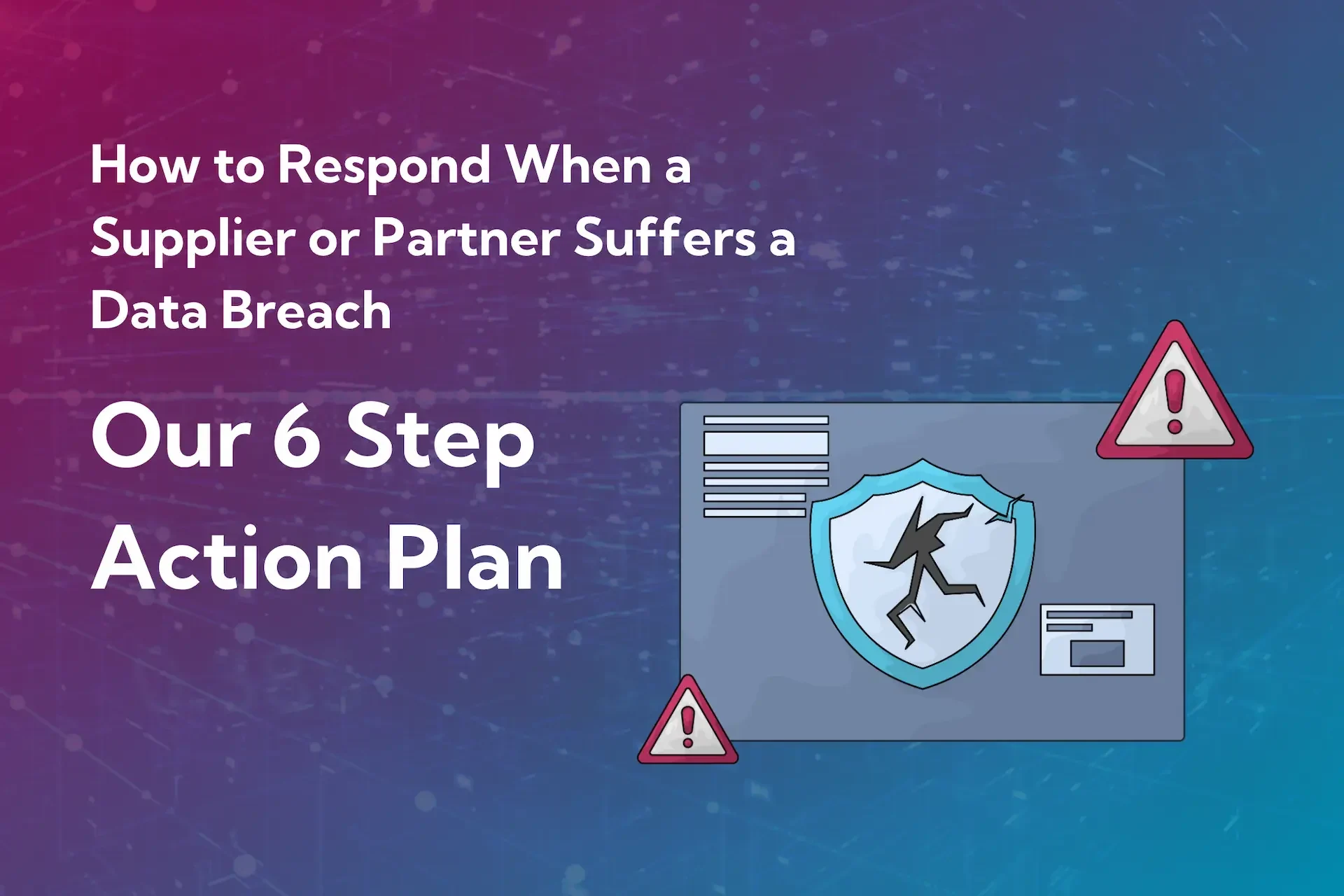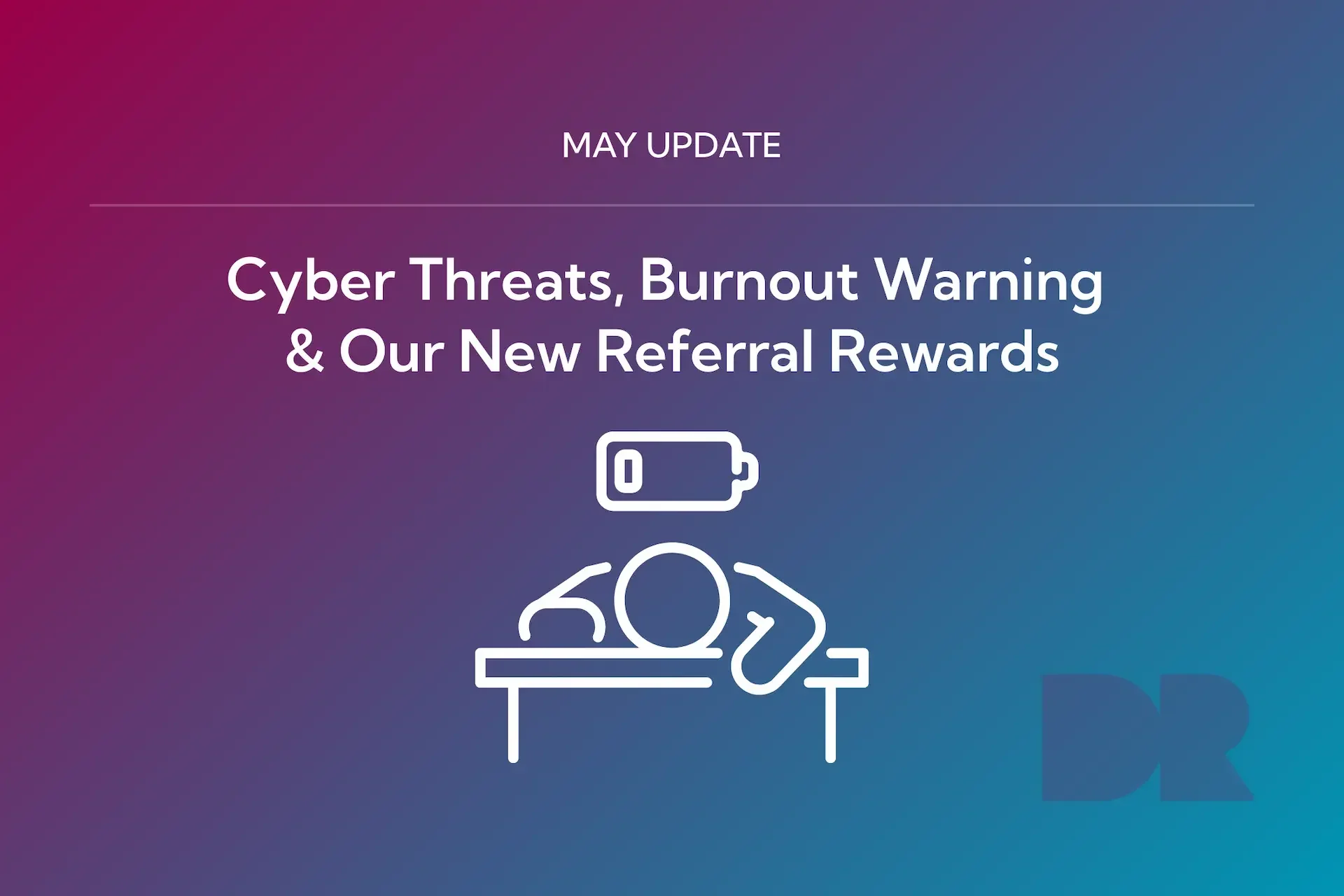AI can unlock efficiency, innovation, and competitive advantage, but only if it’s adopted with care.
Jumping in without a plan risks data leaks, wasted spend, and low team adoption.
Here’s how to integrate AI safely, maximise ROI, and scale with confidence.
1. Understand the Hidden Risks of AI Adoption
AI is an incredible business enabler, but it’s not plug‑and‑play.
By understanding the risks first, you can turn them into opportunities for safer, smarter adoption.
Security Risks: Keeping Data Safe While You Innovate
AI tools thrive on data, but not all of them are designed with your security in mind.
Unchecked, this can expose sensitive information, but with the right controls, you can innovate securely.
Potential pitfalls:
- Employees pasting confidential data into public AI platforms
- Shadow AI tools or browser extensions bypassing IT controls
- Third‑party AI integrations opening unverified access points
Smart approach:
- Use private, secure GPTs hosted in your environment
- Set clear AI usage policies and provide staff training
- Audit all AI integrations for vulnerabilities before rollout
- Test tools in sandbox environments to confirm safe performance
Productivity Risks: Aligning AI with Your Workflows
AI should boost productivity, not add complexity. Misaligned tools can slow things down or cause duplication of effort.
Avoid these pitfalls:
- Tools that create friction or redundant steps
- Over‑automation that removes valuable human context
- Confusing outputs that require rework
Smart approach:
- Start with simple, high‑impact use cases where AI’s value is clear
- Pilot with team leads to gather feedback and refine workflows
- Scale adoption gradually, integrating AI into proven processes
Compliance Risks: Staying Aligned with Regulations
AI can streamline data handling, but mishandled information can create compliance headaches.
Getting ahead of this ensures innovation never comes at the cost of regulatory risk.
Potential pitfalls:
- AI storing data in regions that violate GDPR or sector regulations
- Lack of audit trails or usage logging
- Unclear responsibilities for data handling in third‑party tools
Smart approach:
- Choose AI solutions with robust data governance and reporting
- Involve legal and compliance teams from the outset
- Document how AI interacts with sensitive or regulated data
Staff Resistance: Turning Fear Into Engagement
AI adoption succeeds when your team feels empowered, not replaced. Early engagement turns hesitation into excitement and builds trust in new workflows.
Common challenges:
- Teams using unofficial “shadow AI” tools
- Low adoption due to unclear benefits or training gaps
- Anxiety about job impact reducing engagement
Smart approach:
- Involve employees in shaping AI use cases
- Offer training, workshops, and success stories to build confidence
- Emphasise AI as a tool that augments human expertise
2. Prioritise Projects with a Risk-Adjusted ROI Matrix
Not every task needs AI. And not every AI project delivers value.
Use a simple scoring model to evaluate whether a use case is worth pursuing:
|
Criteria |
Questions to Ask |
|
Manual effort |
How time-consuming or repetitive is this task? |
|
Automation fit |
Is the data structured? Is the outcome predictable? |
|
Risk reduction |
Will AI improve accuracy or reduce compliance exposure? |
|
Team impact |
Will this save time, reduce burnout, or improve satisfaction? |
Our IT Strategy consultants can support value modelling and tool evaluation – helping you avoid hype-driven spending.
3. Start Small – and Test Safely
You don’t need to launch AI across the business from day one. In fact, you shouldn’t.
Start where the risk is low and the payoff is clear:
- Automate simple, internal workflows
- Test chatbot assistants in HR or operations
- Summarise emails, Slack, or project updates
- Clean up and enrich existing datasets
Dr Logic offers sandbox environments and pilot programmes so you can test safely and scale with confidence.
4. Scale Smart: From Tools to Transformation
Once AI shows value in one area, it’s time to embed it across your business – securely and strategically.
Steps to scale with structure:
- Replace disconnected tools with integrated platforms
- Standardise access, audit, and compliance controls
- Align AI with your IT roadmap, customer experience, and growth plans
- Include AI in board-level discussions and risk registers
With expertise in hybrid IT, cyber security, and innovation, Dr Logic helps you move from AI experimentation to enterprise transformation.
AI Should Strengthen Your Business – Not Weaken It
AI has the potential to unlock real competitive advantage – but only when it’s adopted with care, structure, and clarity.
By understanding risks, prioritising smart use cases, and scaling safely, your business can avoid costly mistakes and unlock meaningful results.
Ready to adopt AI securely and strategically?
Dr Logic’s innovation consultants can help you identify opportunities, reduce risk, and scale with confidence.
Contact us today to start your AI journey.
Summary: How to Adopt AI Without the Chaos
- AI brings both opportunity and risk – especially if rushed or unmanaged
- The biggest risks include: data leakage, compliance gaps, low adoption, and wasted spend
- Businesses should focus on low-risk, high-value use cases first
- Success depends on combining technical security with human-first change management
- Dr Logic supports AI adoption with a cyber-first, strategy-led approach – from pilots to platform integration
Want help adopting AI safely? Contact us today to explore what’s possible for your business.
FAQs
What are the biggest risks of adopting AI in business?
The most common risks include data breaches, compliance violations, productivity setbacks, and staff resistance. These risks usually stem from poor implementation, lack of governance, or unclear communication – not from AI itself.
How can I adopt AI safely in my organisation?
Start with low-risk use cases, implement strong data governance, pilot tools in sandbox environments, and involve your team from the beginning. Working with a cyber-first IT partner helps reduce exposure and guide secure adoption.
How do I reduce the risk of data breaches when using AI?
Avoid public models for sensitive data. Use private GPTs, set clear AI usage policies, and audit third-party tools for security. Limit access to approved AI tools and monitor usage across teams.
Find out how we helped Convex create their own internal GPT.
How do I know if a process is worth automating with AI?
Assess manual effort, structure of the task, risk reduction potential, and team impact. If AI can save time, reduce errors, or improve staff experience, without introducing high risk, it’s likely a strong candidate.
What's the best way to get staff to adopt AI tools?
Involve them early. pilot in small teams, and show clear value. Reframe AI as a tool to assist, not replace, and provide training tailored to roles and workflows.
